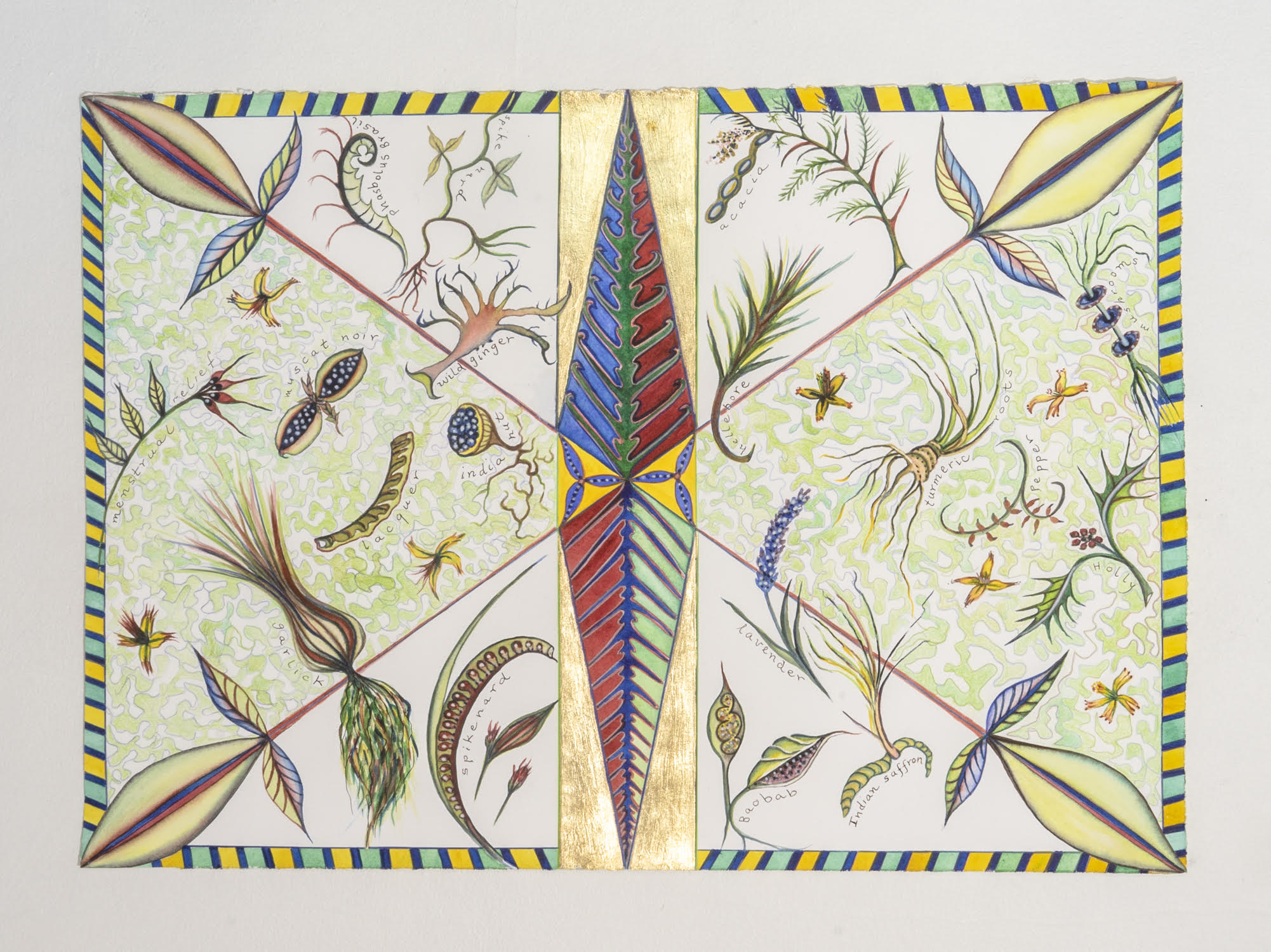-
Chapter I: Space
Edel Assanti is pleased to present Host – a multi-chaptered online exhibition exploring the expansive topic of embodiment: the experience of navigating and perceiving the world from the perspective of a body. Reimagining a presentation of diverse artistic practices outside of a physical format, Host unfolds in three thematically distinct chapters, each accompanied by a Reading Room of additional materials.
Chapter I: Space is an exploration of the entanglement of bodies with the environments they inhabit. Theories of “lived embodiment” categorise the body as capable of independent experience, absorbing and interacting with the spaces it exists within, resulting in the retention of latent knowledge embedded separately from the psyche.
What could such knowledge consist of and how might it manifest?
If our navigation of the world is shaped by an unconscious dialogue with the environments
we exist within, what implications does this have for notions of agency and autonomy? -

Courtesy the artist. All images by Ben Geraerts.
-
For 24 hours, starting on April 28, 2007, our planet went one way and Guido van der Werve went the other. Nummer negen: The day I didn’t turn with the world, 2007, documents the artist standing at the North Pole, dwarfed by blank icescape and endless blue sky, as he slowly shuffles clockwise. Meanwhile, as evidenced by the sun’s accelerated passage from left to right behind him, the earth spins counterclockwise on its axis. Number nine captures an attempt to literally “turn against” the world, the largest possible gesture of mankind’s autonomy; a gesture doomed to fail.
-
KATHRYN GARCIA's work invokes the body as a mediating portal granting access to visceral experience beyond the superficial world of appearances. Infused with sacred geometries referencing ancient cultures, these intricate drawings examine the feminine archetype and its relationship to human consciousness.
-

Courtesy the artist and Anat Ebgi.
-
FAITH WILDING creates ecofeminist art by referencing the degradation of the female body in conjunction with the natural world, specifically in South America and her native Paraguay. Her hallucinant compositions in watercolour and ink merge the inner space of the body with botanical matter and animal life. Unfurling in psychedelic formations, they underline the cellular and aesthetic continuity between realms, defying straight-forward intellectual classification.
-

Faith Wilding
Big Herbal, 2020Watercolor, colored pencil and ink
53.3 x 73.7 cm
21 x 29 in.
Courtesy the artist and Anat Ebgi.
-
"The recombinant body, which is the subject of much of my work, is an uneasy, monstrous depository of melancholic historical fragments expressed as animal, human, organic, and machine parts. It is a body both beautiful and strange in its monstrous (im)possibilities."
- Faith Wilding
-
 Citra SasmitaStill Life (Corpus 1), 2018Mix media on canvas80 x 60 x 5 cm
Citra SasmitaStill Life (Corpus 1), 2018Mix media on canvas80 x 60 x 5 cm
31 1/2 x 23 5/8 x 2 in. -
CITRA SASMITA’s figures display bodies that are interconnected with trees, vegetation and natural elements. Sasmita’s imagery is composed whimsically, drawing from the myths and misconceptions of Balinese art and culture, questioning women’s place in society and establishing a post-patriarchal mythology.
-

-

Anna Hulačová
Boy, 2017Wood and honeycomb
110 x 30 x 20 cm
43 1/4 x 11 3/4 x 7 7/8 in.
Courtesy Hunt Kastner.
-
ANNA HULAČOVÁ's imaginary figures combine human, animal, vegetal and architectural, in an equally heterogenous visual lexicon drawing on folk and socialist realist traditions, alongside science fiction, Surrealism and Futurism. These hybridised figures pose as bridges between past, present and future, suggesting the inescapably entwined fates of unfolding ecological, architectural and social trajectories. Bees, frequently incorporated into bodies, are recurring presences in Hulačová’s sculptures, which often include real honeycombs and hives. Transcending mere representation, they connect with ancient Greek spiritual symbolism referencing immortality, fertility and the underworld.
-

Courtesy Hunt Kastner.
-
"It’s very important how landscape changes. I like exploring how mutation continues. It starts in a small organism and it’s coming to us, in our bodies."- Anna HulačováRead Ginanne Brownell Mitic's article on Anna Hulačová in the New York Times here
-

-
"I am interested in envisioning the body as something that is no longer inside a certain imagined, passive environment, but rather completely merged with the structures it exists within...no longer the body in architecture, but the body as architecture."
- Oren Pinhassi
-
OREN PINHASSI’s installations channel object, architecture, body and vegetation, flowing seamlessly between categories in free association. Past works explored bathhouses and cruising spots as spaces of vulnerability and sensuality, whilst Pinhassi’s latest sculptures invoke architectures of authority, incorporating features of manmade edifices designed to exert power over individuals within them. Pinhassi defines the relationship between body and environment as bidirectional, viewing social, sexual and behavioural norms as shaped by of our bodies’ entanglement with the spaces we inhabit.
-

-
Chapter II: Skin will be launched on 1st April 2021
Join our mailing list
* denotes required fields
We will process the personal data you have supplied in accordance with our privacy policy (available on request). You can unsubscribe or change your preferences at any time by clicking the link in our emails.











